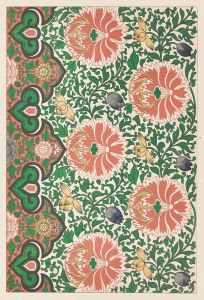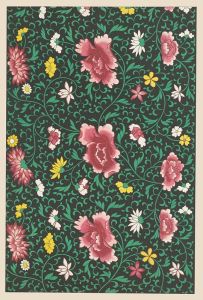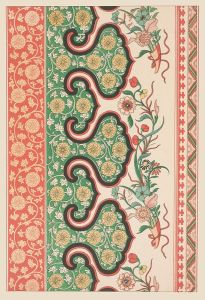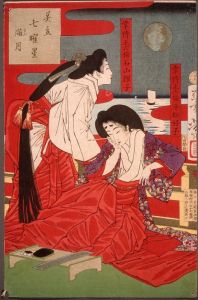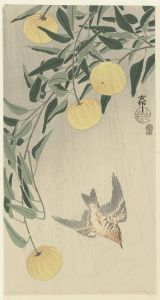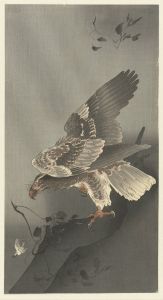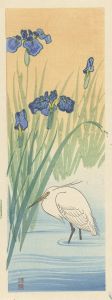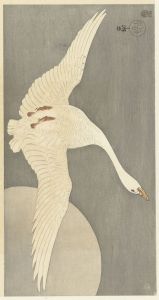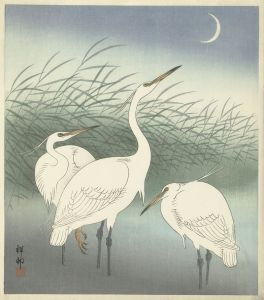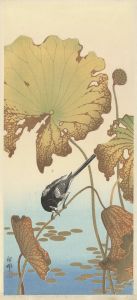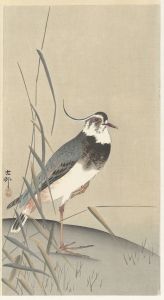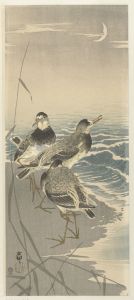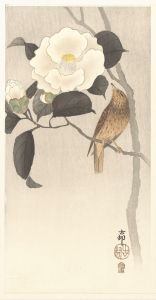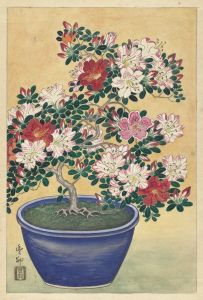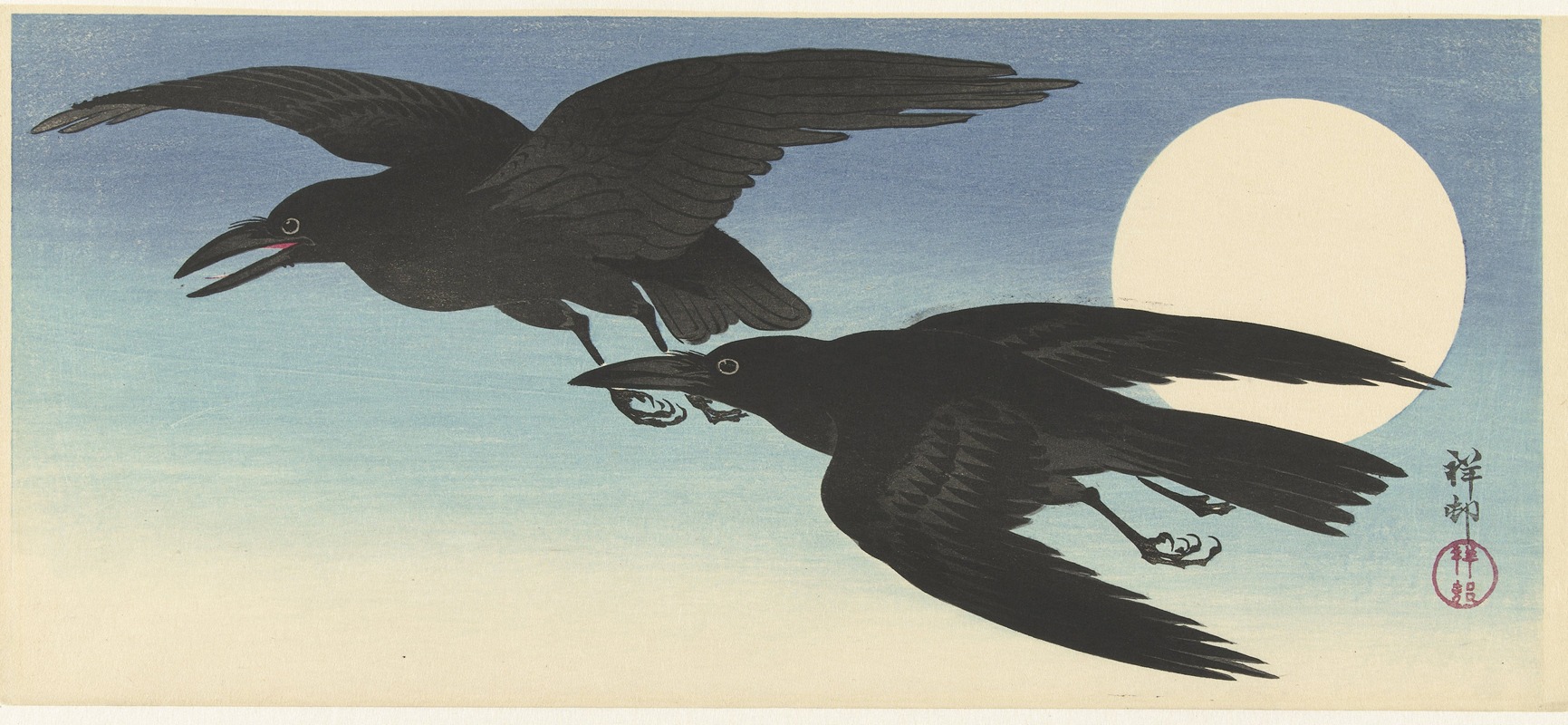
Crows at full moon
A hand-painted replica of Ohara Koson’s masterpiece Crows at full moon, meticulously crafted by professional artists to capture the true essence of the original. Each piece is created with museum-quality canvas and rare mineral pigments, carefully painted by experienced artists with delicate brushstrokes and rich, layered colors to perfectly recreate the texture of the original artwork. Unlike machine-printed reproductions, this hand-painted version brings the painting to life, infused with the artist’s emotions and skill in every stroke. Whether for personal collection or home decoration, it instantly elevates the artistic atmosphere of any space.
Ohara Koson (1877–1945) was a prominent Japanese artist known for his work in the shin-hanga movement, which revitalized traditional ukiyo-e art with a focus on modern subjects and techniques. Koson specialized in kachō-e, a genre of prints depicting birds and flowers, and his work is celebrated for its delicate beauty and attention to detail.
One of Koson's notable works is "Crows at Full Moon," a woodblock print that exemplifies his skill in capturing the natural world with elegance and precision. This piece features a serene and atmospheric scene of crows silhouetted against a luminous full moon. The composition is simple yet evocative, with the stark contrast between the dark forms of the crows and the glowing moon creating a sense of tranquility and mystery.
Koson's use of color and composition in "Crows at Full Moon" reflects the influence of both traditional Japanese art and Western techniques, which were becoming increasingly popular in Japan during the early 20th century. The print showcases his ability to blend these influences seamlessly, resulting in a work that is both timeless and modern.
The shin-hanga movement, which Koson was a part of, emerged in the early 20th century as a response to the decline of traditional ukiyo-e printmaking. Artists in this movement sought to revive the art form by incorporating new themes and techniques while maintaining the craftsmanship and aesthetic principles of the past. Koson's work, including "Crows at Full Moon," played a significant role in this revival, helping to bring Japanese woodblock prints to a global audience.
"Crows at Full Moon" is a testament to Koson's mastery of the woodblock printing technique. The process involves carving an image into a block of wood, applying ink to the surface, and then pressing paper onto the block to transfer the image. This method requires precision and skill, as each color in the print must be applied separately using different blocks. Koson's prints are known for their subtle gradations of color and fine details, which are achieved through meticulous craftsmanship.
The subject matter of "Crows at Full Moon" is also significant, as crows are often associated with mystery and intelligence in Japanese culture. The full moon, a common motif in Japanese art, symbolizes beauty and the passage of time. Together, these elements create a harmonious and contemplative image that invites viewers to reflect on the natural world and its cycles.
Ohara Koson's work, including "Crows at Full Moon," continues to be appreciated by art enthusiasts and collectors worldwide. His prints are held in high regard for their artistic quality and are featured in numerous museum collections, including the Museum of Fine Arts in Boston and the Rijksmuseum in Amsterdam. Through his art, Koson has left a lasting legacy that continues to inspire and captivate audiences today.





